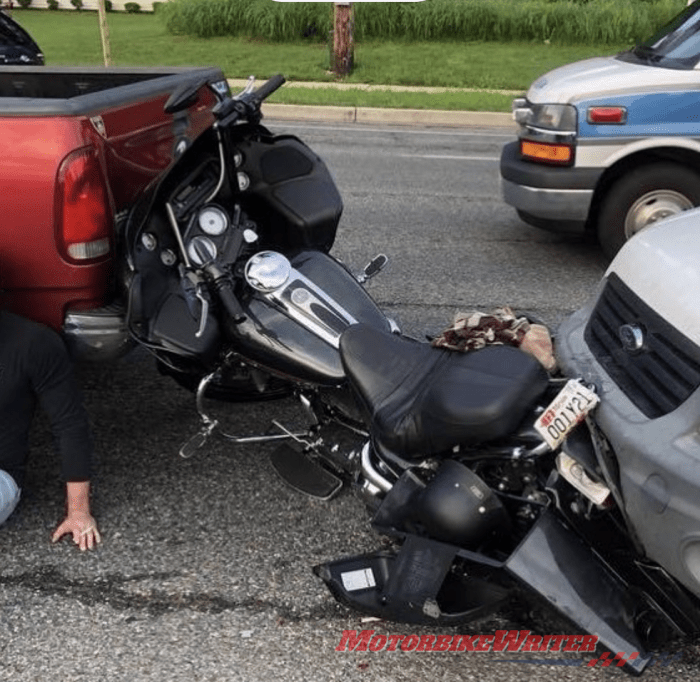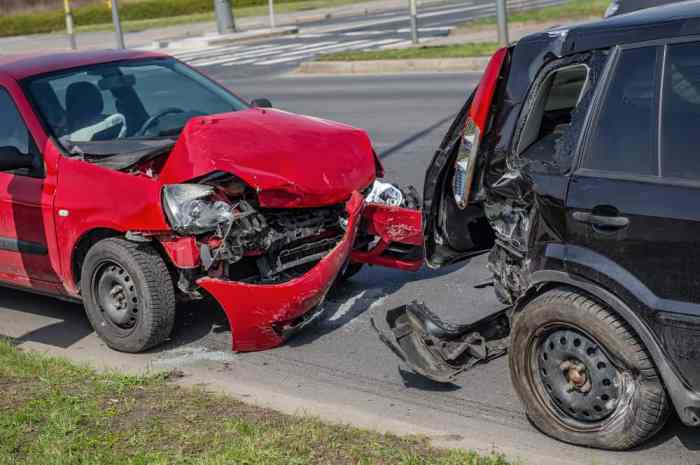Injuries and deaths from motorcycle collisions are primarily from: Speeding, impairment, and distracted driving. These factors account for the majority of fatal motorcycle crashes. Wearing protective gear, including helmets, gloves, and protective clothing, can significantly reduce injuries and fatalities. Other safety measures, such as rider training and public awareness campaigns, can also help prevent motorcycle injuries and deaths.
Types of Injuries and Deaths

Motorcycle collisions result in a range of injuries, with the most common being:
- Head injuries (45% of fatalities)
- Lower extremity injuries (20%)
- Upper extremity injuries (15%)
- Thoracic injuries (10%)
- Abdominal injuries (5%)
Head injuries, particularly those involving the brain, are the leading cause of death in motorcycle crashes, accounting for over 60% of fatalities. The severity of head injuries is often associated with the impact force and the area of the brain affected.
Contributing Factors
Several factors contribute to motorcycle collisions, including:
Speeding
Speeding is a major factor in motorcycle crashes, increasing the risk of both injuries and fatalities. Excessive speed reduces a rider’s reaction time, limits their ability to control the motorcycle, and increases the severity of impacts.
Impairment
Riding under the influence of alcohol or drugs significantly impairs a rider’s judgment, coordination, and reaction time, increasing the likelihood of a collision.
Distracted Driving
Distractions, such as using cell phones, texting, or engaging in other activities while riding, divert a rider’s attention away from the road and increase the risk of a crash.
Protective Gear and Safety Measures

Wearing protective gear is crucial in reducing the severity of injuries and fatalities in motorcycle crashes. Essential gear includes:
- Helmets: Helmets protect the head from impact, reducing the risk of severe head injuries and fatalities.
- Gloves: Gloves protect the hands from abrasions, cuts, and fractures.
- Protective Clothing: Protective clothing made of durable materials provides abrasion resistance and impact protection for the body.
Other safety measures include:
- Rider Training: Formal rider training programs enhance riding skills, safety awareness, and hazard recognition.
- Public Awareness Campaigns: Public awareness campaigns educate riders and the general public about motorcycle safety and the importance of protective gear.
Impact on Individuals and Society

Motorcycle injuries and deaths have a profound impact on individuals and society:
- Emotional Toll: The loss of a loved one or the experience of a serious injury can cause immense emotional distress and trauma.
- Financial Burden: Medical expenses, lost wages, and rehabilitation costs associated with motorcycle crashes can be substantial.
- Societal Costs: Motorcycle crashes impose significant costs on society, including healthcare expenses, lost productivity, and insurance premiums.
Prevention Strategies: Injuries And Deaths From Motorcycle Collisions Are Primarily From:
Effective prevention strategies for motorcycle injuries and deaths include:
Law Enforcement
Enforcing traffic laws, particularly those related to speeding, impairment, and distracted driving, is crucial in reducing motorcycle crashes.
Education, Injuries and deaths from motorcycle collisions are primarily from:
Educating riders about safe riding practices, the importance of protective gear, and the consequences of risky behaviors is essential.
Infrastructure Improvements
Improving road conditions, providing dedicated motorcycle lanes, and installing traffic calming measures can enhance safety for riders.
Key Questions Answered
What are the most common types of injuries sustained in motorcycle collisions?
The most common types of injuries sustained in motorcycle collisions are head injuries, fractures, and lacerations.
What is the leading cause of motorcycle fatalities?
The leading cause of motorcycle fatalities is head injuries.
What are the most effective ways to prevent motorcycle injuries and deaths?
The most effective ways to prevent motorcycle injuries and deaths are wearing protective gear, obeying the speed limit, and avoiding riding under the influence of alcohol or drugs.